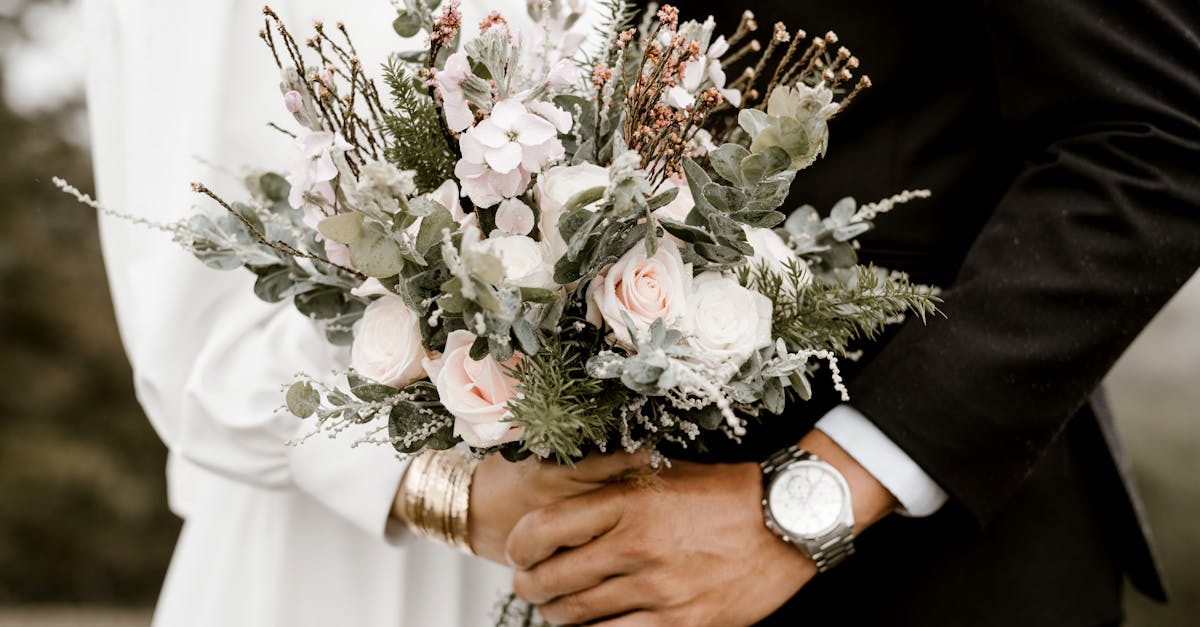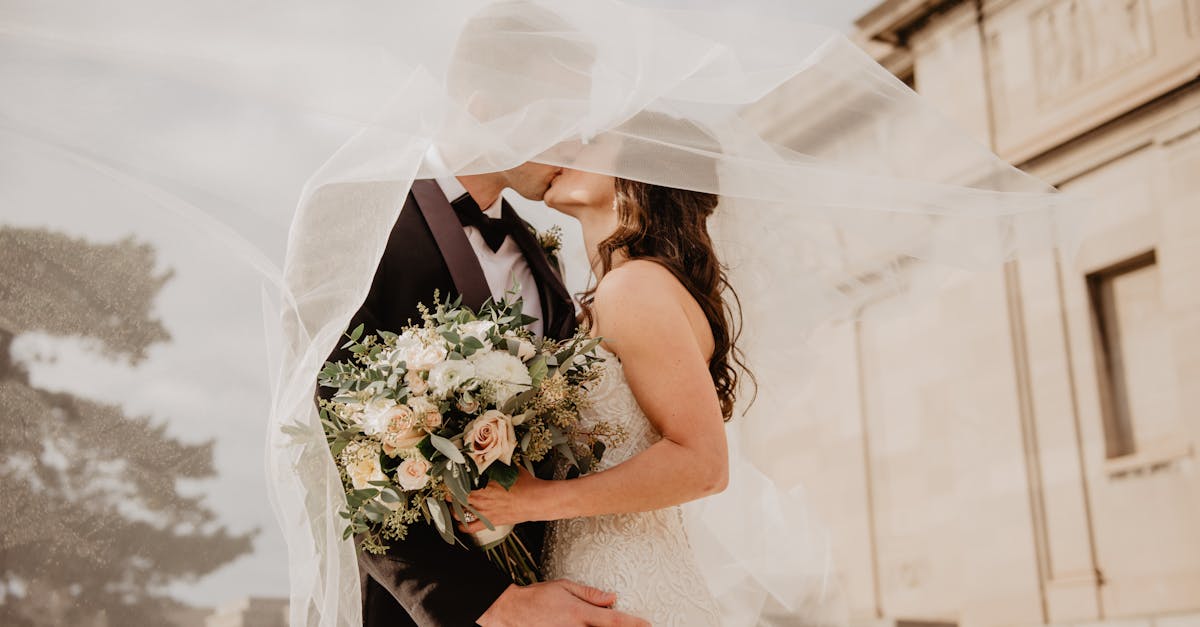Introduction
Interracial marriage is a union between two individuals of different races. It has been a topic of controversy for centuries, with many people opposing it due to cultural, religious, or racial differences. However, despite the opposition, interracial marriage has become more common in recent years.
One of the reasons for this is the legal protection that interracial couples now have. In the past, many states had laws prohibiting interracial marriage. These laws were based on the belief that different races should not mix and that interracial marriage was a threat to the purity of the white race.
However, in 1967, the Supreme Court case Loving v. Virginia struck down these laws, ruling that they were unconstitutional. This landmark decision paved the way for interracial couples to marry and receive legal protection.
Today, interracial couples have legal protection under the law. They are entitled to the same rights and benefits as any other married couple, including the right to inherit property, make medical decisions for each other, and file joint tax returns.
Despite this legal protection, there are still some states where interracial marriage is illegal. These states have not updated their laws to reflect the Supreme Court's decision in Loving v. Virginia. However, these laws are unenforceable and have been deemed unconstitutional.
In conclusion, interracial marriage is protected under the law, and couples have the right to marry and receive legal protection. While there are still some challenges faced by interracial couples, such as discrimination and cultural differences, the legal protection they have received is a significant step forward. The future of interracial marriage protections looks bright, and we can only hope that attitudes towards interracial marriage continue to change for the better.
Table of Content
- History of Interracial Marriage Laws
- Current Legal Protection
- Social Attitudes Towards Interracial Marriage
- Challenges Faced by Interracial Couples
- Conclusion
History of Interracial Marriage Laws
Interracial marriage has been a controversial topic throughout history. For many years, laws were put in place to prohibit people of different races from marrying each other. These laws were known as anti-miscegenation laws. The first anti-miscegenation law was passed in Maryland in 1661, and by the 20th century, 38 states had similar laws.
The Supreme Court case Loving v. Virginia, which took place in 1967, was a landmark case that struck down anti-miscegenation laws. The case involved Mildred and Richard Loving, an interracial couple who were married in Washington D.C. but were arrested when they returned to Virginia, where interracial marriage was illegal. The Lovings challenged the law, and the Supreme Court ruled in their favor, declaring that anti-miscegenation laws were unconstitutional.
Despite the Supreme Court's ruling, some states continued to have anti-miscegenation laws on the books for several years. Alabama was the last state to repeal its anti-miscegenation law in 2000.
The history of anti-miscegenation laws highlights the discrimination and prejudice that interracial couples have faced throughout history. These laws were a clear attempt to prevent people of different races from forming relationships and families together. The Loving v. Virginia case was a significant step forward in the fight for equality, but it is important to remember that discrimination against interracial couples still exists in some parts of the world.
In the next section, we will explore the current legal protections for interracial couples and the challenges they still face today.

Current Legal Protection
Interracial marriage has been a topic of controversy for centuries. However, in recent years, there has been a significant shift in attitudes towards interracial relationships. While some states still have laws prohibiting interracial marriage, the majority of the United States has legal protection for interracial couples.
The landmark Supreme Court case Loving v. Virginia in 1967 struck down laws prohibiting interracial marriage. Since then, the legal protection for interracial couples has only grown stronger. In 2015, the Supreme Court legalized same-sex marriage, which also provided legal protection for same-sex interracial couples.
Currently, all states in the United States allow interracial marriage. However, some states have a higher percentage of interracial couples than others. California, Hawaii, and Texas have the highest percentage of interracial couples, while states in the Midwest and South have a lower percentage.
Legal protection for interracial couples includes the right to marry, the right to live together, and the right to adopt children. However, despite legal protection, interracial couples still face discrimination and challenges. Some interracial couples report experiencing stares, comments, and even violence from others who disapprove of their relationship.
In conclusion, while legal protection for interracial couples has come a long way since the days of Loving v. Virginia, there is still work to be done. It is important to continue to fight against discrimination and promote acceptance of all types of relationships. Love knows no boundaries, and everyone deserves the right to love and be loved, regardless of race or ethnicity.

Social Attitudes Towards Interracial Marriage
Interracial marriage has been a topic of controversy for centuries. In the past, it was illegal in many states, and even today, some people still hold negative attitudes towards it. However, social attitudes towards interracial marriage have been changing over time.
In the 1950s and 1960s, when interracial marriage was still illegal in many states, only a small percentage of Americans approved of it. However, as laws changed and society became more accepting, attitudes began to shift. By the 1990s, over 60% of Americans approved of interracial marriage.
Today, the majority of Americans are accepting of interracial marriage. According to a 2019 Pew Research Center survey, 91% of Americans believe that interracial marriage should be legal. However, there are still some who hold negative attitudes towards it. The same survey found that 14% of Americans still believe that interracial marriage is not acceptable.
Negative attitudes towards interracial marriage can stem from a variety of factors, including cultural differences, religious beliefs, and personal biases. Some people may feel uncomfortable with the idea of marrying someone from a different race or culture, while others may hold racist beliefs.
Despite these negative attitudes, many interracial couples are able to overcome these challenges and build strong, loving relationships. It is important for society to continue to shift towards acceptance and understanding of interracial marriage, so that all couples can feel supported and valued.
In conclusion, while social attitudes towards interracial marriage have come a long way, there is still work to be done. It is important for individuals and society as a whole to continue to promote acceptance and understanding of all types of relationships, regardless of race or culture.

Challenges Faced by Interracial Couples
Interracial couples face unique challenges that are not experienced by couples of the same race. These challenges can range from discrimination to cultural differences. Discrimination can come in many forms, including verbal harassment, physical violence, and even exclusion from certain social circles. It can be especially difficult for couples who live in areas where interracial marriage is not widely accepted.
Cultural differences can also pose a challenge for interracial couples. Each partner may come from a different cultural background, which can lead to misunderstandings and disagreements. For example, one partner may have grown up in a culture where family is the most important thing, while the other partner may have grown up in a culture where individualism is valued. These differences can lead to conflicts in the relationship.
Another challenge faced by interracial couples is the disapproval of family and friends. Some family members and friends may not be accepting of the relationship, which can cause tension and strain on the couple. This can be especially difficult if the disapproval comes from parents or other close family members.
Despite these challenges, many interracial couples are able to overcome them and build strong, loving relationships. Communication is key in any relationship, but it is especially important for interracial couples. It is important for partners to be open and honest with each other about their feelings and concerns. It is also important for partners to be willing to learn about each other's cultures and traditions.
In conclusion, while interracial couples face unique challenges, they are not insurmountable. With love, patience, and understanding, interracial couples can build strong, lasting relationships. It is important for society to continue to work towards acceptance and understanding of all types of relationships, including interracial ones.

Frequently Asked Questions
Is interracial marriage protected by law in the US?
Yes, interracial marriage is protected by law in the US. The Supreme Court ruled in 1967 in the landmark case Loving v. Virginia that state laws banning interracial marriage were unconstitutional, thus legalizing interracial marriage nationwide.
Was the federal marriage amendment passed?
No, the federal marriage amendment was not passed.
What does the Constitution say about marriage?
The Constitution does not explicitly mention marriage, but the Supreme Court has interpreted the Due Process and Equal Protection Clauses of the Fourteenth Amendment to protect the right to marry as a fundamental right.
What percentage of interracial marriages end in divorce?
According to a study conducted by the National Center for Health Statistics, interracial marriages have a slightly higher divorce rate than same-race marriages, with 41% of interracial marriages ending in divorce compared to 31% of same-race marriages.
Conclusion
In conclusion, interracial marriage is now legally protected in the United States, thanks to the landmark Supreme Court case Loving v. Virginia. However, there are still some states where interracial marriage is not fully accepted and legal. Despite the legal protection, interracial couples still face challenges such as discrimination and cultural differences.
It is important to note that social attitudes towards interracial marriage have been changing over time, and more people are accepting and embracing it. This is a positive sign for the future of interracial marriage protections.
In order to continue to promote acceptance and equality for all couples, it is important to educate ourselves and others about the history of interracial marriage laws and the challenges faced by interracial couples. By doing so, we can work towards a more inclusive and accepting society where all couples are protected and celebrated.




